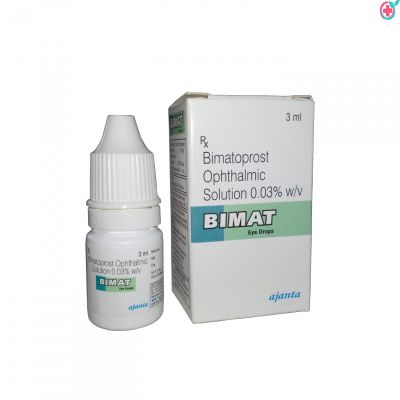
Ocular Hypertension
-
Generic: Bimatoprost Opthalmic SolutionEquivalent Brand: Latisse1 Bottle/s$15.00
-
Generic: Propranolol + FlunarizineEquivalent Brand:30 Capsule/s$6.27
-
Generic: Sumatriptan + NaproxenEquivalent Brand:30 Capsule/s$6.99
-
-
Generic: AzilsartanEquivalent Brand: Edarbi30 Tablets$9.27
-
Generic: IndapamideEquivalent Brand: Lozol30 Tablet/s$9.33
-
Generic: Dorzolamide + TimololEquivalent Brand:1 Bottle/s$12.25
-
Generic: Latanoprost + Benzalkonium ChlorideEquivalent Brand: Xalatan Eye Drops1 Eye Drop/s$15.00
-
Generic: LatanoprostEquivalent Brand: Xalatan Eye Drops1 Drop/s$11.30
-
Generic: Brimonidine+TimololEquivalent Brand: Combigan1 Eye Drop/s$10.00
-
Generic: TravoprostEquivalent Brand: Travatan1 Eye Drop/s$17.00
Guarding Vision, Lowering Pressure: The Essential Role of Ocular Hypertension Medications
In the intricate landscape of eye health, Ocular Hypertension (OHT) stands as a precursor to more serious conditions such as glaucoma. Understanding the importance of medications tailored for Ocular Hypertension is crucial in preserving vision, managing intraocular pressure, and providing individuals with the means to proactively protect their ocular well-being.
Understanding Ocular Hypertension:
Ocular Hypertension refers to the condition in which the pressure within the eye (intraocular pressure) is higher than normal but does not yet reach the threshold for a glaucoma diagnosis. Elevated intraocular pressure is a significant risk factor for the development of glaucoma, a leading cause of irreversible vision loss.
The Role of Ocular Hypertension Medications:
- Lowering Intraocular Pressure: The primary goal of Ocular Hypertension medications is to lower intraocular pressure. Elevated pressure can exert stress on the optic nerve, potentially leading to damage and vision loss over time. Medications help regulate this pressure, reducing the risk of progression to glaucoma.
- Slowing Progression to Glaucoma: Ocular Hypertension is often considered a "pre-glaucoma" condition. By effectively managing intraocular pressure with medications, individuals with OHT can significantly reduce the likelihood of developing glaucoma and its associated vision impairments.
Types of Ocular Hypertension Medications:
- Prostaglandin Analogs: These eye drops are commonly prescribed to lower intraocular pressure by increasing the outflow of fluid from the eye. Prostaglandin analogs are often a first-line treatment for Ocular Hypertension.
- Beta-Blockers: Eye drops containing beta-blockers work by reducing the production of aqueous humor, the fluid inside the eye, thus lowering intraocular pressure.
- Alpha Agonists: Alpha agonists help reduce intraocular pressure by both decreasing fluid production and increasing its outflow. These medications are available in eye drop formulations.
Carbonic Anhydrase Inhibitors: Available in eye drops or oral forms, carbonic anhydrase inhibitors reduce intraocular pressure by decreasing fluid production within the eye.
Regular Monitoring and Adjustments:
Effective management of Ocular Hypertension requires regular monitoring of intraocular pressure and adjustments to medication regimens as needed. Eye care professionals play a crucial role in assessing the progression of the condition and tailoring treatment plans accordingly.
Compliance and Adherence:
Adherence to prescribed medication regimens is essential for the success of Ocular Hypertension management. Patients are encouraged to follow their healthcare provider's instructions diligently to ensure optimal intraocular pressure control and maintain the health of the optic nerve.
Lifestyle Modifications:
In addition to medications, lifestyle modifications can contribute to the overall management of Ocular Hypertension. These may include maintaining a healthy diet, managing stress, and avoiding activities that could contribute to increased intraocular pressure.
Patient Education and Awareness:
Educating individuals about Ocular Hypertension, its implications, and the importance of regular eye check-ups is crucial. Increased awareness encourages proactive eye care, leading to early detection and intervention.
Conclusion:
In the intricate dance of preserving ocular health, Ocular Hypertension medications emerge as vital instruments in the symphony of care. By understanding the importance of these medications, individuals can actively participate in safeguarding their vision, embracing a future where the risks of glaucoma are minimized, and the beauty of sight is preserved for years to come.













